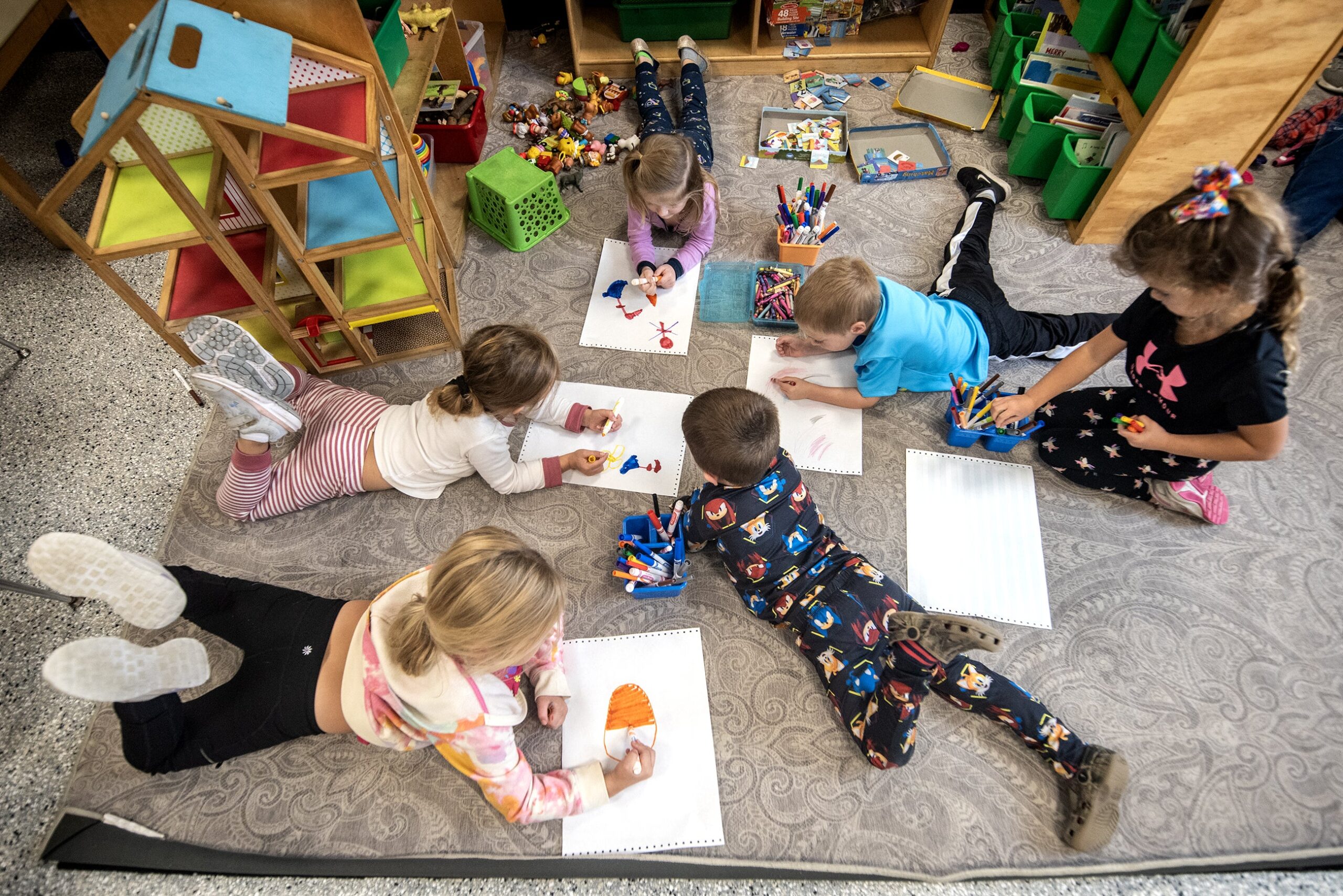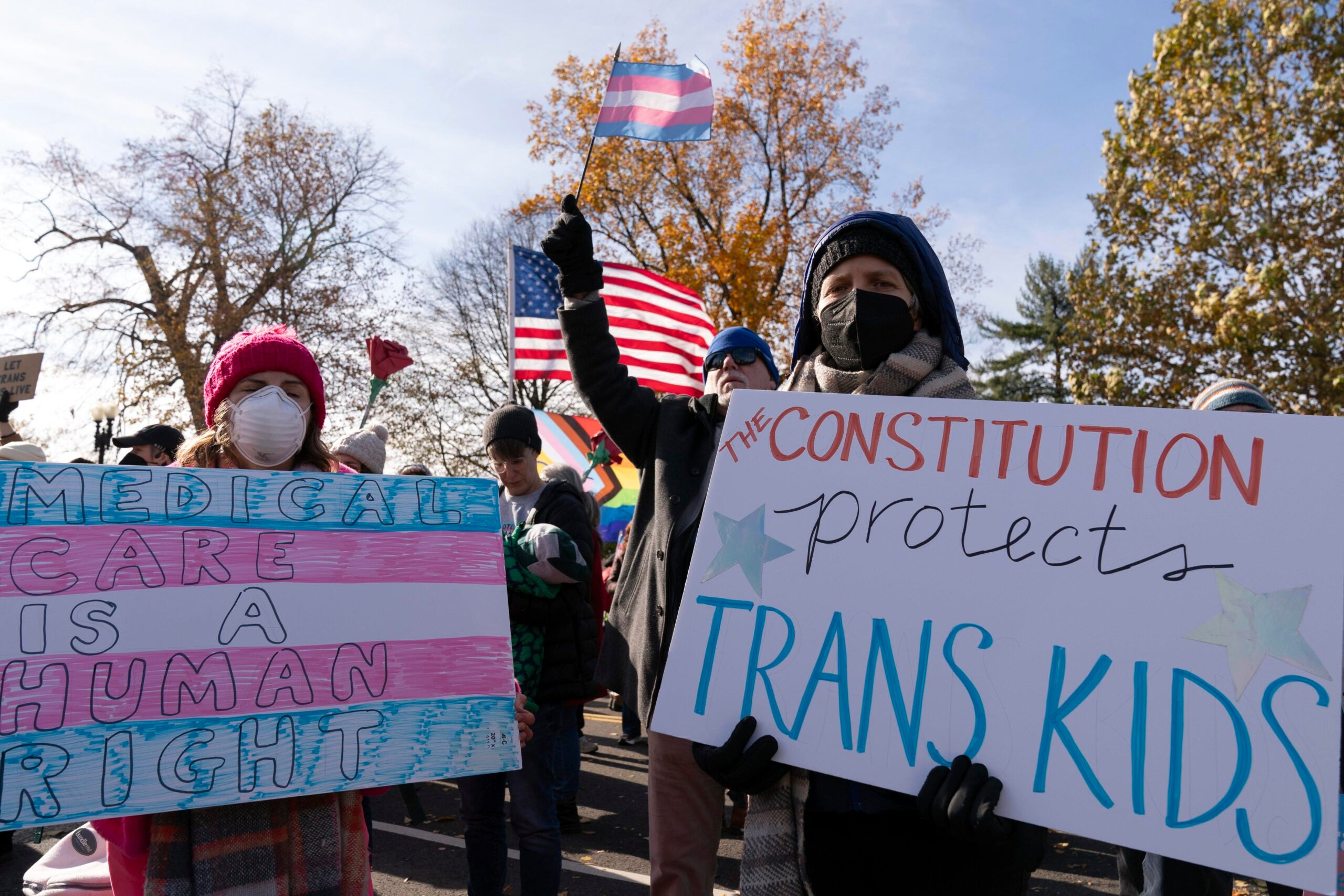A state survey found nearly 60 percent of child care providers said they had unused capacity. But adding those potential spots still wouldn’t be enough to meet the current demand for care in Wisconsin, according to the report.
The survey collected voluntary responses from child care providers who applied for Child Care Counts, a state subsidy program created using federal COVID-19 recovery dollars.
Providers said they could serve 33,000 more children if they filled currently unused capacity. Group providers, those who serve nine or more children, made up the majority of unfilled spots.
News with a little more humanity
WPR’s “Wisconsin Today” newsletter keeps you connected to the state you love without feeling overwhelmed. No paywall. No agenda. No corporate filter.
Half of survey respondents reported having a waitlist at their facility, especially for infant care.
Respondents estimated that they have 48,000 children currently on waitlists. Nearly 11,000 of those spots were for infants. Providers also reported 8,000 pregnant people were currently on waitlists in the state.
Hilary Shager, author of the report and associate director of the University of Wisconsin Institute for Research on Poverty, said not having enough staff was a primary reason for not expanding capacity, mostly among group providers. She said providers pointed to low compensation as one of their top issues.
“The ability to provide a living wage and compete not just with other child care providers or public school providers, but fast food and retail,” she said. “This is really hard work, and the wages are quite low. That’s a real challenge.”
Shager said potential child care staff don’t see the “return on investment” for completing the educational requirements of these jobs, which survey respondents described as expensive and time-intensive. She said it may indicate the need to reevaluate state policies to make it easier to recruit new workers.
“That’s not to say that we shouldn’t have requirements,” she said. “But how do we support child care providers in getting that kind of knowledge? Is a traditional college degree the best way to go?”
Shager said the data indicates the state could reevaluate other policies like child-staff ratios to make it easier for existing providers to fill in the gaps without raising tuition rates.
A survey released by the Wisconsin Department of Children and Families earlier this year found half of the state’s child care slots were considered affordable.
Gov. Tony Evers and his administration pointed to the survey’s findings as evidence that more funding is needed for the Child Care Counts program. Evers has called for investing more than $340 million in making the program permanent. Republican lawmakers rejected the plan, instead proposing a child care tax credit that Evers signed into law in March.
Federal pandemic funding is expected to last until June 2025. But declining payments under the program have already had an impact on providers, according to DCF Secretary Jeff Pertl.
“Unfortunately, part of the large workforce shortage that we are seeing in this survey is a ripple effect of the Child Care Counts payments being cut in half and a preview of what we can expect should the program not receive state funding,” Pertl said in a press release.
Wisconsin Public Radio, © Copyright 2025, Board of Regents of the University of Wisconsin System and Wisconsin Educational Communications Board.






